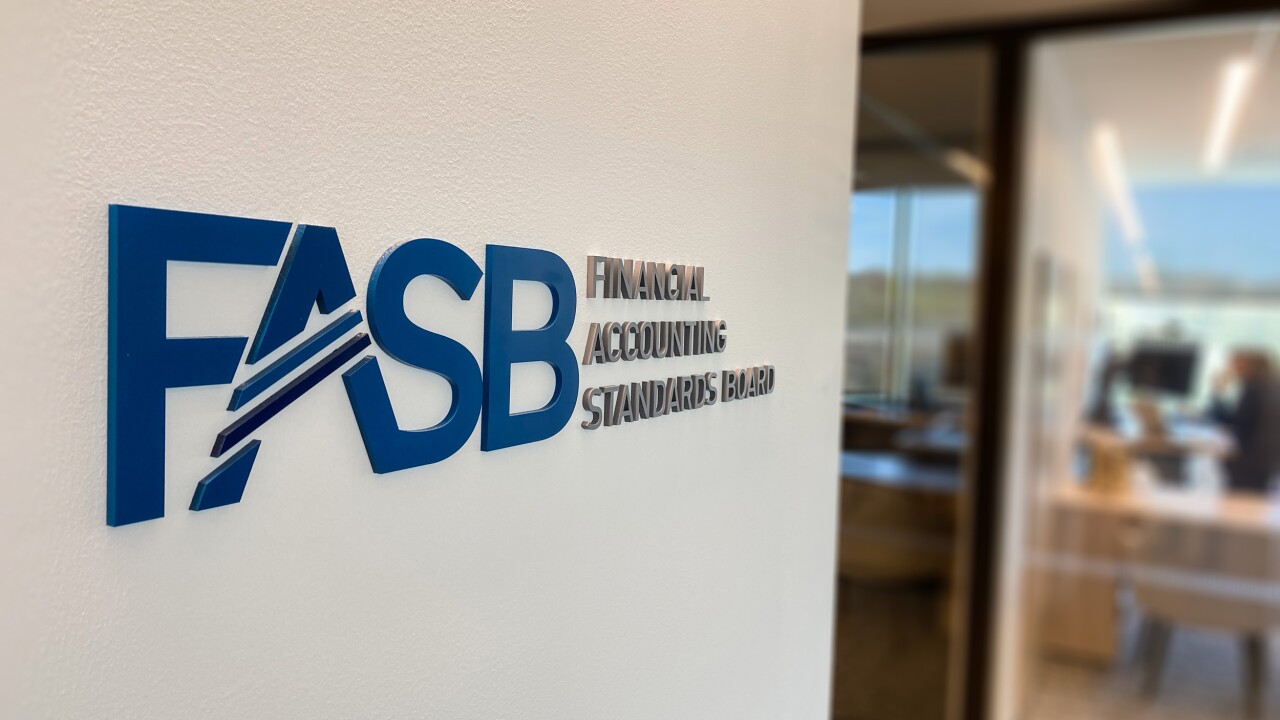The Financial Accounting Standards Board issued a new
The updated standard helps companies do more hedges in five particular areas:
Similar risk assessment for cash flow hedges
It expands the hedged risks that are allowed to be aggregated in a group of individual forecasted transactions, so entities can apply hedge accounting to potentially larger portfolios of forecasted transactions. It changes the requirement to designate a group of individual forecasted transactions from having a shared risk exposure to having a similar risk exposure. Entities are required to assess risk similarity both at hedge inception and on an ongoing basis.
The amendments also clarify that a group of individual forecasted transactions can be considered to have a similar risk exposure if the derivative used as the hedging instrument is highly effective against each hedged risk in the group. In some cases, entities are allowed to perform an ongoing qualitative assessment of whether a group of individual forecasted transactions has a similar risk exposure.
Hedging forecasted interest payments on choose-your-rate debt instruments
It provides a model that lets hedge accounting be applied more widely to choose-your-rate debt and address existing diversity in practice. Under the choose-your-rate debt model, the contractual terms of the debt agreement specify the alternative interest rate indexes and tenors that an entity may select as being hedged during the hedging relationship without discontinuing hedge accounting.
Cash flow hedges of nonfinancial forecasted transactions
When applying this model, an entity can use simplified assumptions to assess both the probability of forecasted transactions occurring and hedge effectiveness. An entity can apply this model to existing, forecasted issuances of, and subsequent replacements of choose-your-rate debt. Entities are prohibited from applying this guidance by analogy to other circumstances.
The update expands hedge accounting for forecasted purchases and sales of nonfinancial assets subject to certain criteria. Entities are allowed to apply hedge accounting for eligible components of forecasted spot-market transactions, forward-market transactions, and subcomponents of explicitly referenced components in an agreement's pricing formula.
Net written options as hedging instruments
The update accommodates differences in the loan-and-swap markets that resulted from reference rate reform, eliminating the requirement for the net written option test in certain instances.
The amendments eliminate the requirement to apply the net written option test to a compound derivative comprising a swap and a written option designated as the hedging instrument in a cash flow hedge or a fair value hedge of interest rate risk.
Foreign-currency-denominated debt instrument as hedging instrument and hedged item
The update eliminates the recognition and presentation mismatch related to a dual hedge strategy (that is, a hedge for which a foreign-currency-denominated debt instrument is both designated as the hedging instrument in a net investment hedge and designated as the hedged item in a fair value hedge of interest rate risk). The amendments require an entity to exclude the debt instrument's fair value hedge basis adjustment from the net investment hedge effectiveness assessment.
"The new standard clarifies the application of previous guidance and addresses emerging issues identified by stakeholders, including those related to reference rate reform," said FASB chair Richard Jones in a statement Tuesday. "The improvements will better reflect the economics of organizations' risk management activities."
For public business entities, the amendments are effective for annual reporting periods starting after Dec. 15, 2026, and interim periods within those annual reporting periods. For entities other than public business entities, the amendments are effective for annual reporting periods beginning after Dec. 15, 2027, and interim periods within those annual reporting periods. Early adoption is permitted.





